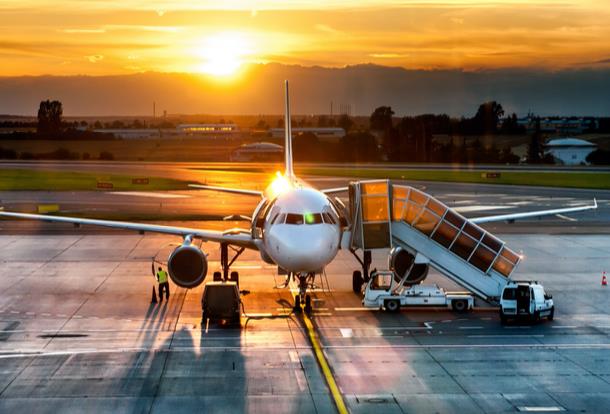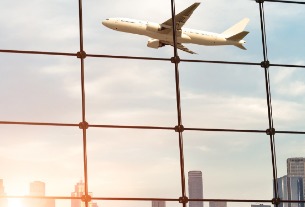Air travel in the 21st century has been governed by a plethora of variables. Cut-throat competition, ever-diminishing margins and evolving consumer behavior are just a few of the many challenges airlines face while trying to keep seats filled and planes flying.
For every flight, operators have to cater for fuel and crew costs, take-off and landing fees, maintenance and other related charges. One of the most effective strategies employed to strike the right balance between spiralling expenses and a modest profit margin is the method used to ferry passengers from one end of the planet to another.
The modus operandi
Enter two types of network: hub-and-spoke and point-to-point travel.
With the former, a very popular model, an airline not only flies customers between two points but also facilitates their onward journey to destinations via its hub.
Hub-and-spoke offers a number of benefits including allowing large passenger volumes, cost and operational efficiency, better use of assets and avenues for further expansion.
The alternative point-to-point network, instead of flying lots of flights in and out of one or two major airports, provides direct connections between cities regardless of their size.
The most significant advantage of such an operation is reduced journey time and avoiding difficulties often associated with transit travel. The downsides are fewer flights and the absence of a degree of fare flexibility.
The heavy-lifting mega-hubs
In truth, airlines around the world use a mix of these models in their efforts to maintain capacity levels and for optimum fleet and personnel management.
On mega-hubs, JG Aviation Consultants director John Grant says: "It helps the airlines because it creates the mass and the volume, and the aviation industry requires those volumes because the margins are very, very thin.
"It is only when you can scale and achieve the necessary critical mass you can begin to operate profitably and grow your network further. So, it also helps those airlines who actually don't have a very large local market."
Heathrow CEO John Holland-Kaye was quite upbeat about the future.
"Regular, direct flights to all the major cities in India, the U.S. and China – the great economies of the 21st century – will put all of Britain at the heart of global trade and we look forward to delivering this economic growth in a way that aligns with the Committee on Climate Change's net-zero 2050 target," he added.
A new trail
Despite the impressive numbers, it might not be all smooth flying for the hub airports. Revolutionary changes in aircraft design and engine output are almost normalizing the idea of ultra long-haul flights – often described as anything over 12 hours.
A new generation of aircraft such as the Airbus A350, Boeing 777 and 787 with improved onboard amenities are helping airlines offer point-to-point connections along with reduced journey times.
The COVID-19 fallout
The coronavirus crisis has left the industry reeling. Plunging passenger numbers coupled with stringent travel restrictions and lockdowns have dealt a body blow to commercial aviation all across the globe.
David Huttner, senior commercial aviation expert at PA Consulting, says: "The reality is we don't know how long this crisis is going to go. We don't know when there's to be a vaccine. We don't know when there's going to be herd immunity. It's hard to say what's going to happen."
With scant idea of what will happen to passenger sentiment in the post-pandemic world, Huttner is of the opinion that a sizeable chunk of air travelers might be wary of transiting through a crowded airport.
Airport authorities have also gone all out to address health and safety concerns by putting in place a number of precautions that minimise the chances of contamination.
A series of measures like social distancing and face mask rules, thermal imaging, temperature checks, deep cleansing of aircraft, better sanitation and installation of modern airflow systems have been implemented.
Read original article




